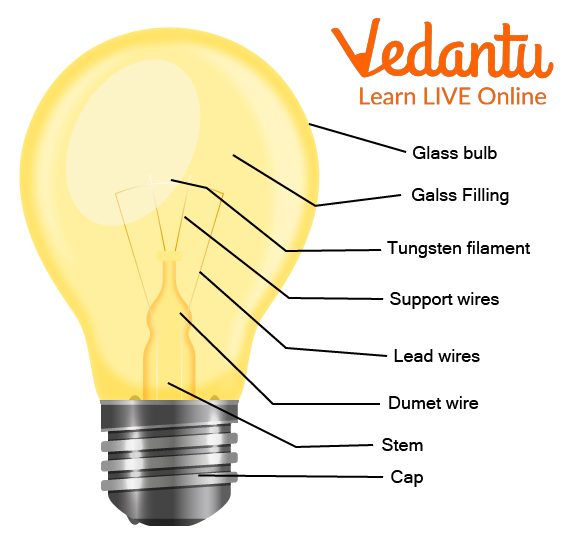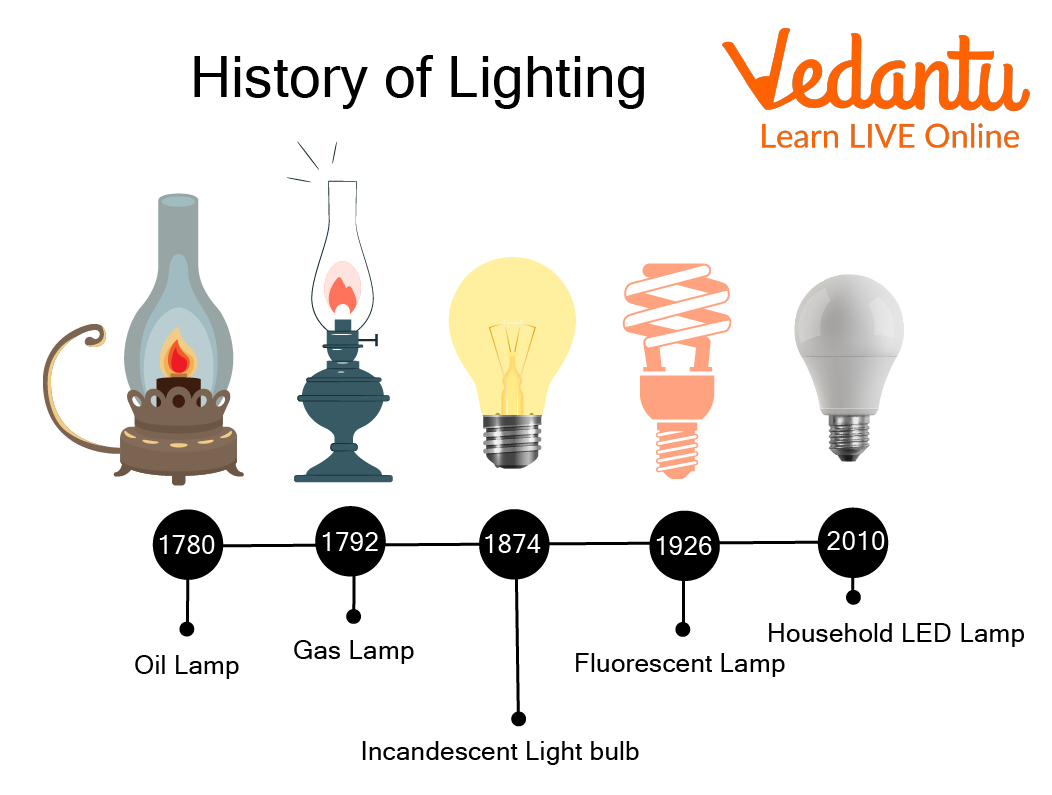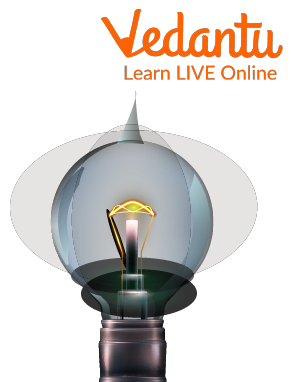




An Introduction to Electric Bulbs
Have you ever wondered what it is like to not have light at night? Without them, we would be blind in the dark! Well, we wouldn't be having one if it was not for Thomas Alva Edison. We owe Edison for lighting up our world! Without him, we would not have electric bulbs today.

The Light Bulb Structure
The structure of the bulb has changed over the years, but it is still the same idea. Electric bulbs work by conducting electricity through a metal filament that is heated to glowing white hot. The current causes the metal to become incandescent and emits light when it heats up.
What is a Bulb?
Electric lights have taken a significant and prominent place in our daily lives nowadays. It is necessary for lighting things like our homes, buildings, and streets. Today, we have handheld, portable lights that have a 12+ hour battery life. While the technology of today may be different from that of the past, it all began with the development of the incandescent light bulb.
A gadget that glows and emits light when the electric current is put through it is called an electric bulb. For lighting, this straightforward device has been in use for more than a century. This answers the question: what is a bulb?
Early Developments of Bulb
The early developments of bulb attempts to create a functional light bulb were made around 1800. When an Italian scientist "Alessandro Volta" noticed that when a copper wire is linked between the terminals of the battery, it begins to light as a result of the passing of electricity during his research on the construction of an electric battery. Humphry Davy made the initial attempt to build the light bulb in 1802. A carbon electrode (used as a filament) began to glow when he connected the battery terminals to it. Because of how quickly the filament burned, this glow did not linger for very long. His creation is referred to as an "Electric Arc Lamp."

Evolution of Electric Bulbs
Many inventors kept working on the light bulb's research and improvement. According to some historians, 20 innovators tried to create the light bulb before Thomas Edison. Still, none of them succeeded in creating a design that was both inexpensive and long-lasting enough to be sold.
Who invented the bulb?
The filament, a conductor that emits light within a light bulb, was the main issue with early light bulb designs because it didn't last very long and quickly melted. Thomas Edison took the creation of the light bulb very seriously. He began creating and testing new, longer-lasting filaments. He examined a wide range of substances, such as platinum, carbon, and other metals. His carbonised filament had grown and persisted for 14.5 hours. He was persistent in creating a filament that had a longer lifespan. He experimented with more than 3,000 distinct light bulb designs and 6,000 different filament materials.
Finally, he discovered that carbonised bamboo filament may operate continuously for more than 1,200 hours. Later, new filaments took the place of Edison's filaments. Due to its high melting point, tungsten is used as a filament in modern incandescent light bulbs. This led to the discovery of the light bulb.

Electric Bulb Images
Uses of the Electric Bulbs in Daily Life
The following are the uses of the electric bulbs in daily life:
It is utilised in movable lighting fixtures like table lamps.
It is used in automobile headlights and vehicle lights.
It is used in both domestic and industrial lighting.
It is used in lighting for decorations and advertisements.
Disadvantages of Electric Bulbs
The disadvantages of the electric bulb are as follows:
It uses too much energy and emits a warm light.
Increased running costs are needed.
It should be handled carefully because it is fragile and made of glass.
Mercury within a broken light bulb can escape as vapour or tiny droplets that could land on neighbouring items. Mercury exposure is dangerous.
Summary
An electric lamp with a translucent or transparent glass casing is referred to as an electric bulb. It also goes by the name "light bulb." For illumination, this straightforward apparatus has been in use for more than a century. A device that emits light when electricity is applied is referred to as an electric bulb. Undoubtedly, a bulb of this size has the potential to illuminate a dim area. Bulb handling requires extreme caution. This is because they can certainly break very easily. Its breakable components are also sufficiently sharp to cause skin punctures. On some light bulbs, chemicals can be found. Additionally, these compounds resemble mercury, which is unquestionably extremely harmful to people.
FAQs on Electric Bulb Images and Its Discovery
1. Why is argon gas used in the manufacturing of the bulb?
Argon gas is an inert gas used in fluorescent and incandescent light bulbs to prevent the oxygen in the light bulbs from corroding the heated tungsten filament. Since it doesn't react with tungsten, it prevents the filament from burning away in the presence of oxygen. The use of argon extends the lifespan of light bulbs by preventing the evaporation of the tungsten filaments.
2. What happens when you break a light bulb?
In case of breakage, both ends should be cleaned immediately by using slightly moist tissue paper and after that by using dry paper tissue. The broken pieces can be displaced from each other by touching them with a dry wooden pencil, etc.
3. Why is the outer part of the bulb made of glass?
A glass enclosure, the glass “bulb”, prevents oxygen in the air from reaching the hot filament and creates a vacuum. Without this glass covering and the vacuum it helps create, the filament would quickly burn out. The vacuum also prevents tungsten particles from clinging to the inside of the tube, where they would reduce brightness and increase heat.
4. Why is tungsten filament used in bulbs?
Tungsten is used because it is an extremely hard metal, and it has the highest melting temperature of any metal. The filament itself glows when electricity is passed through it; this generates heat.
5. How long can a bulb last?
A normal incandescent bulb lasts about 1000 hours, and typically burns for about 1.5 hours per day, reducing the bulb's usefulness with the passage of time, even before the light goes out. A neon bulb lasts approximately 3,000 hours before it needs replacing.









